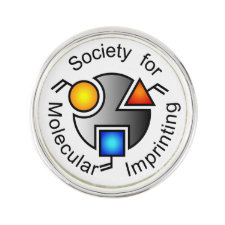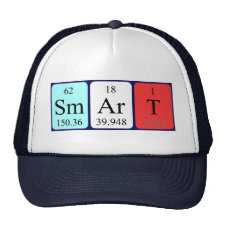
Authors: Takátsy A, Kilár A, Kilár F, Hjertén S
Article Title: Universal method for synthesis of artificial gel antibodies by the imprinting approach combined with a unique electrophoresis technique for detection of minute structural differences of proteins, viruses, and cells (bacteria): Ia. Gel antibodies against proteins (transferrins).
Publication date: 2006
Journal: Journal of Separation Science
Volume: 29
Issue: (18)
Page numbers: 2802-2809.
DOI: 10.1002/jssc.200600211
Abstract: Artificial antibodies in the form of gel granules were prepared by the molecular imprinting technique from the monomers acrylamide and N,N'-methylene-bis-acrylamide. Gel granules, freed from the selectively adsorbed protein (the antigen), are neutral and, accordingly, do not migrate in an electrical field. However, upon selective interaction with the antigen at a pH different from its pI, the granules become charged. The selectivity of the gel antibodies was studied by free zone electrophoresis in a tube with inside diameter larger than the size of the granules. Such electrophoretic analyses showed that gel antibodies against iron-free transferrin had a high selectivity for this protein, although some crossreaction took place with iron-saturated transferrin, indicating that these artificial antibodies can easily distinguish the minute differences in the 3-D structure of the transferrins. Analogously, gel antibodies against iron-saturated transferrin were highly selective for this protein with some crossreaction with iron-free transferrin. The mobilities of iron-free and iron-saturated transferrin are very similar, and, therefore, capillary free zone electrophoresis cannot distinguish between these structurally related proteins. However, significant differences in the mobilities of the selective gel granules can be observed depending on their interaction with iron-free or iron-saturated transferrin, i. e., the artificial gel antibodies may become powerful analytical tools
Template and target information: protein, viruses, cells, bacteria, transferrins
Author keywords: artificial antibodies, Free zone electrophoresis, molecular imprinting, molecular recognition, transferrin



Join the Society for Molecular Imprinting

New items RSS feed
Sign-up for e-mail updates:
Choose between receiving an occasional newsletter or more frequent e-mail alerts.
Click here to go to the sign-up page.
Is your name elemental or peptidic? Enter your name and find out by clicking either of the buttons below!
Other products you may like:
 MIPdatabase
MIPdatabase









